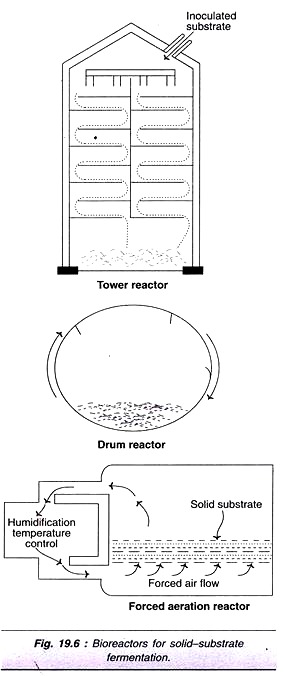A proteinaceous factor termed as maturation promoting factor (MPF), subsequently renamed as mitosis promoting factor, is identified and purified (Masui, Markert, Mailer). MPF is a heterodimer complex between kinase – a catalytic sub- unit and cyclin – a regulatory subunit (Fig. 5.27A).
Kinase enzyme brings about phosphorylation of specific target proteins at different stages of the cell cycle which is necessary for its progression. Cyclin regulates the kinase activity by binding to it. In the absence of cyclin, the kinases are inactive and are, therefore, called cyclin dependent kinases (Cdks).
Cyclin confers basal kinase activity to the Cdk due to conformational changes. A number of Cdks are known — Cdk 1 to Cdk 7. Different members of the cyclin family appear at different points of the cell cycle — G1 cyclins, S phase cyclins and mitotic (M) cyclins.
Creation of G1 Phase:
Suppression of M-Cdk activity after mitosis causes the cell to enter into G1 phase for cell growth. Exit from mitosis is initiated by the inactivation of M-Cdk through ubiquitin dependent M-cyclin degradation. Proteolysis of cyclin through ubiquitination is triggered by APC which is activated by Cdc20 and Hct1 protein (Fig. 5.28A).
Accumulation of new M-cyclin for reactivation of Cdk to initiate mitosis requires a specific time and is thus delayed to cause the entry of cell into G1 phase. Suppression of Cdk activity also occurs through increased production of Cdk inhibitor protein (CKI) e.g. Sic1 (Fig. 5.28B) or by decreased transcription of M-cyclin gene.
Initiation of S Phase:
Escape from stable G1 occurs through the accumulation of G1-cyclins leading to the G1-Cdk activity. G1-Cdk triggers the transcription of S-cyclin genes mediated through E2F regulatory protein and synthesizes S-cyclin. Thus S-Cdk activity resumes to cause the cell to enter into S phase (Fig. 5.29).
S-Cdk initiates DNA replication at ORC, complexed with Cdc6 and MCM proteins. S-Cdk triggers origin firing, assembly of DNA polymerase and other replication proteins and activates the DNA helicases to initiate DNA replication. Dissociation of Cdc6 from ORC and export of Mcm from nucleus terminates replication.
Passage through G2 Phase:
After completion of DNA replication in S phase, accumulation of M-cyclins promotes gradual accumulation of M-Cdk complex. But the M-Cdk complex remains inactive due to kinase activity of Wee1 on tyrosine residue where phosphorylation is inhibitory. At the end of G2, inactive M-Cdk is present in large amount.
Entry into M Phase:
At the late G1, the phosphatase activity of Cdc25 to cause dephosphorylation of tyrosine residue and Cak mediated phosphorylation of threonine residue make the M-Cdk fully active. Cdc25 is activated by polo- kinase which results in partial activation of M- Cdk complex. M-Cdk inhibits Wee1 activity and activates Cdc25 in a positive feed-back manner. Thus by a chain of reactions, M-Cdk complexes are being fully activated and the cells enter into mitosis (Fig. 5.30).
Active MPF induces chromosome condensation, nuclear envelope breakdown and assembly of spindle. MPF also activates enzymes that conjugate ubiquitin to cyclin leading to cyclin degradation which renders MPF inactive.
Cyclin degradation and MPF inactivation lead to chromosome segregation, chromosome de-condensation, nuclear reformation and cytokinesis. The number of Cdks and cyclins involved in cell cycle regulation varies from species to species. Moreover, other factors such as proteinaceous factors, exogenic and endogenic substances have been implicated in the control of cell cycle progression in higher plants and animals.






